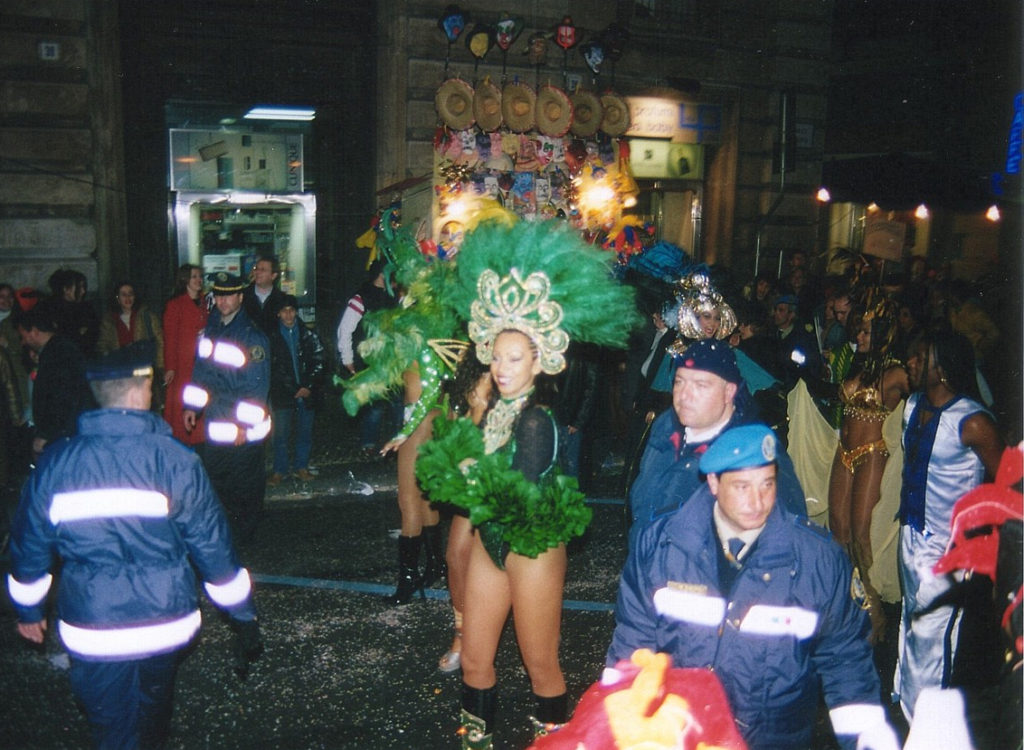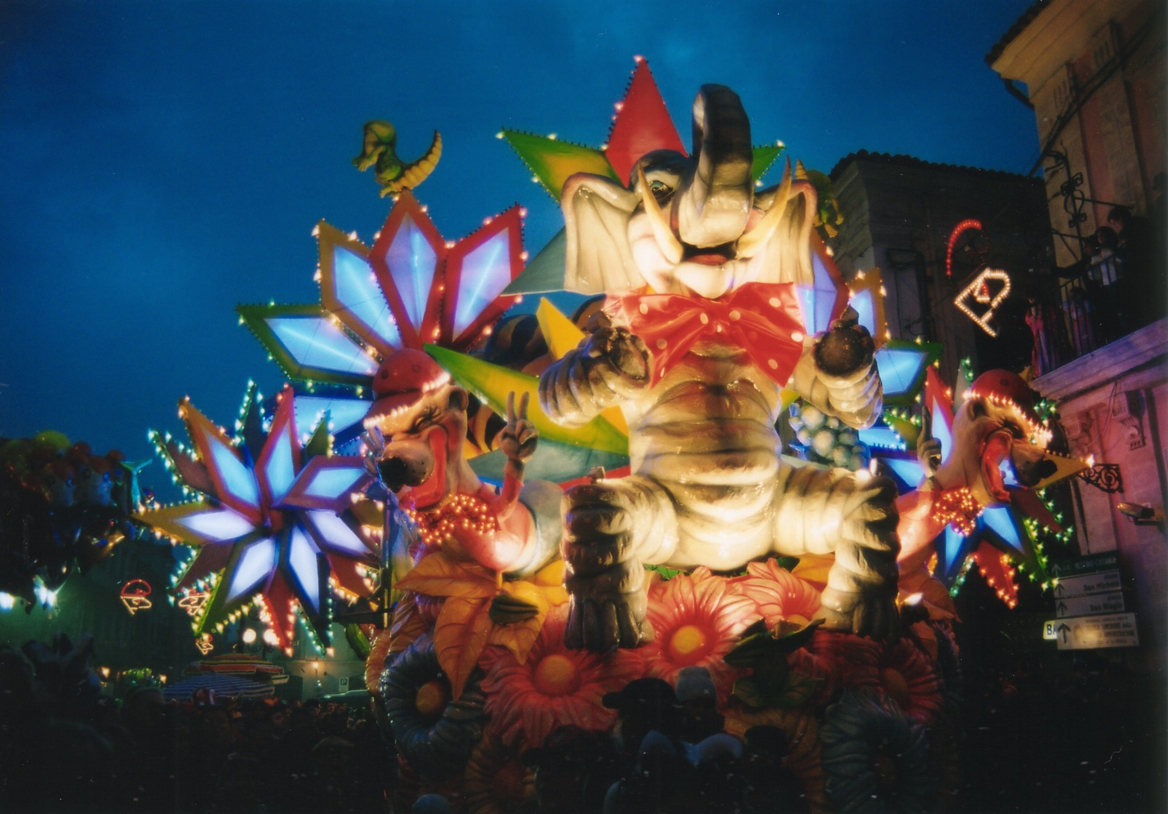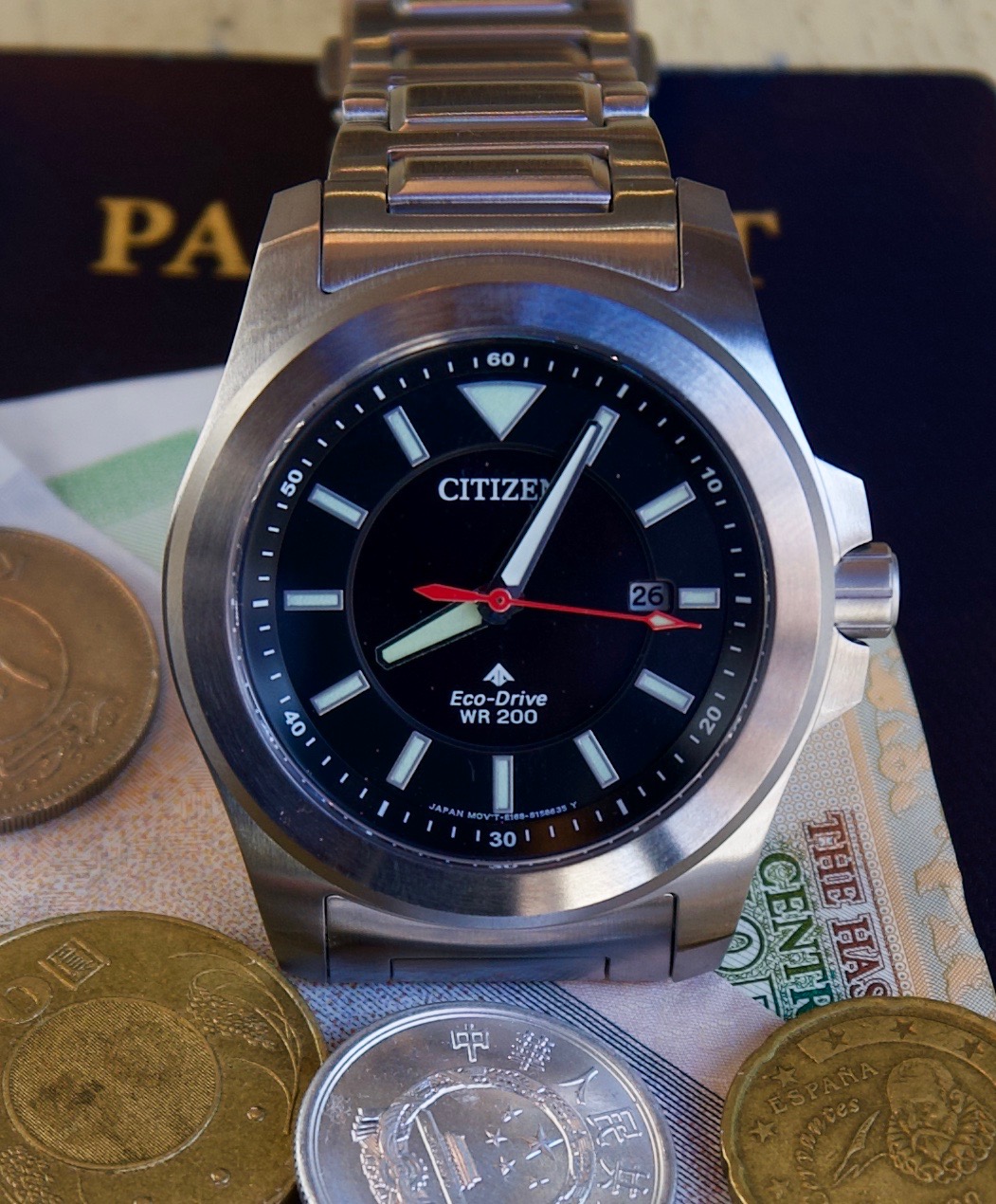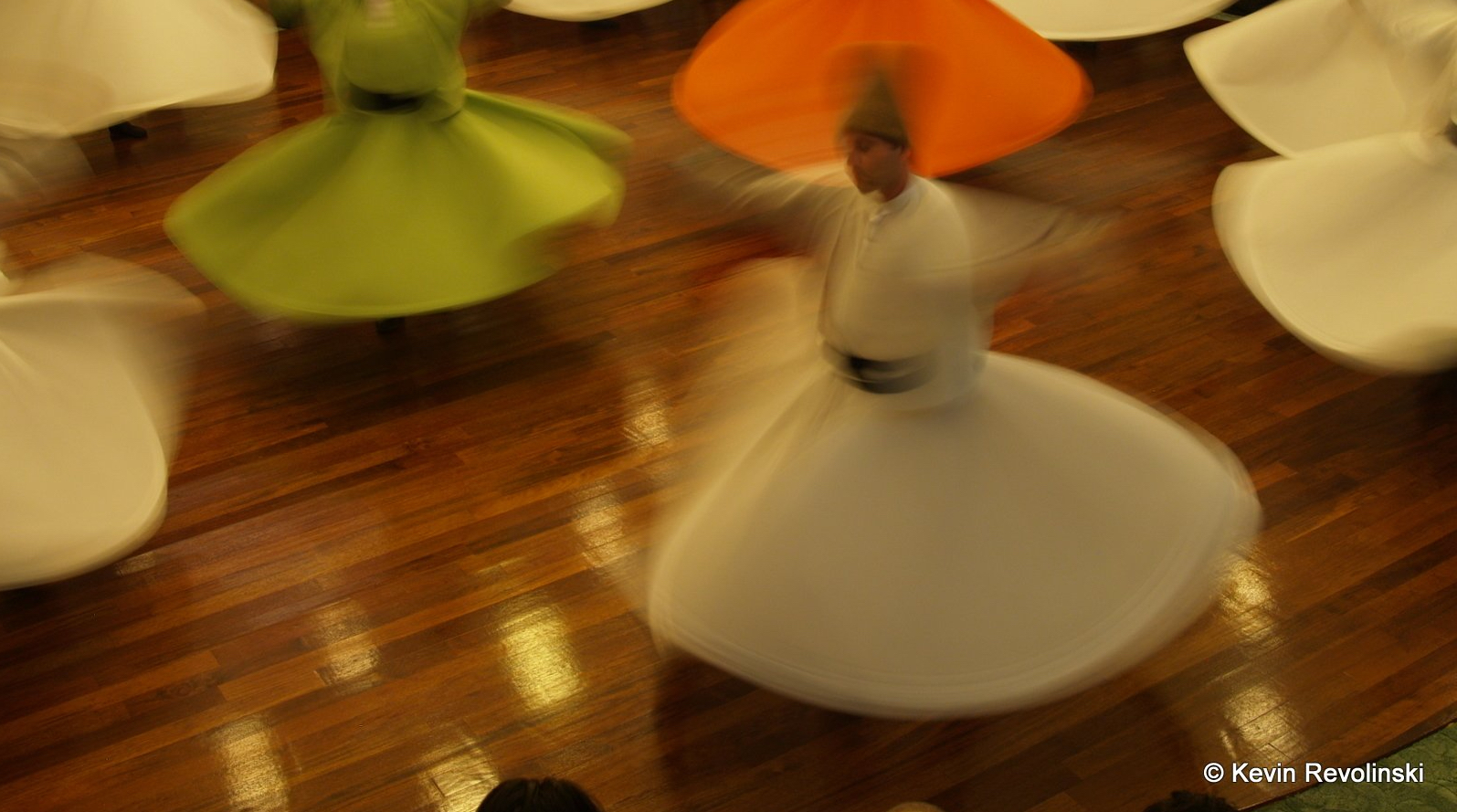I don’t know about you, but when I hear Mardi Gras, I think drunken revelry and “show us yer boobs!” A driver in Trinidad once told me the ladies’ Carnival costumes could be picked up in a small envelope. In Rio, maybe just stapled to a postcard. In other words, not exactly a family event.
If you want something a bit less racy but no less fun and exotic, consider getting whacked in the streets of Sicily.
Perhaps I better explain that.
Europe is where Carnevale started. It is all part of a colorful and festive tradition that blends pagan and Catholic traditions. The term Carnival comes from the Latin “carne” which means meat and “vale” which means farewell. During the period of Lent, the solemn forty days leading up to Easter, Catholics were not supposed to eat meat. Mardi Gras, (Martedi Grasso) the day before Ash Wednesday, the first day of Lent, means Fat Tuesday and for good reason. Eat, drink and be merry, for tomorrow we diet. Carnival became a sort of final hurrah before the more reflective religious season.

Venice hosts one of the most famous and oldest carnivals and is known for very fine masks. But in the town of Acireale in Sicily, it’s all about the floats. Oh, and the hammers. Throughout the city mobs of Sicilians wave long-handled hammers and put the smack down on the heads of passersby. Victims do their best to respond in kind, often chasing down assailants through the milling crowd. The entire city heads out into the chilly evening and chaos ensues.
The plastic hammers squeak harmlessly like infants’ toys filling the narrow streets with what sounds like a plague of crickets. Gangs of children, many in costumes, work their way through the adults spraying each other with silly string or white foam that resembles shaving cream.
Acireale, a small city just outside of Catania near Sicily’s east coast, is home to “the most beautiful Carnival in all of Sicily.” But Acireale is beautiful in its own right. The Baroque architecture, the elegant shops and boutiques along the streets, the cathedral dominating the central piazza, possess all the charm of Sicily and make for a picturesque setting for the celebration.
As Ash Wednesday can be anywhere from February 4 to March 10, depending on the lunar calendar calculation of Easter each year, this means Sicily is on the cold side. But Acireale has been known since antiquity for its thermal baths, tapping into hot waters that take their heat from the same subterranean sources that inspire nearby Mt Etna to spout gases and the occasional lava flow. Many travelers come throughout the year for spa therapy.
Records of the town’s Carnival celebration date as far back as the late 16th century though it is believed the tradition is even older. At one time it consisted of a fruit barrage. Participants threw oranges and lemons at each other, but this practice has long since been abandoned, but can still be seen in the northern Italian city of Ivrea.
By the 17th century a masked figure had become part of the crowd of revelers, carrying a large book from which he pretended to read and mocking local nobility and church personalities. The tradition grew and spread, crossing the centuries to present day’s practice of donning masks and costumes. The event became officially organized in 1929 and beginning with floral decorations, floats—often allegorical in nature—evolved to become an integral part of the celebration soon after the Second World War.

The swinging of plastic hammers, however, is a far older tradition from an ancient Roman fertility rite held in February. (The month’s name itself comes from the Latin februa, which was a purification feast that began on February 15.) But in those days the Made in China plastic hammer was a Made in Your Barnyard goat’s tail, a symbol of fertility. The object of the game was to chase the local young maidens and give them a tap on the head with the tail thus making them fertile. Perfectly reasonable.
(High school sophomores who did not sleep through the Shakespeare unit on Julius Caesar may remember Mark Antony running a race with a goat tail.)
As much as cutting off a goat’s tail sounds charming, I must admit it was the reputation of the elaborate floats that drew me to Acireale. Throughout each day of the festival there are various parades featuring a variety of participants. In the afternoon the school children show off their costumes and schools take part in the parade. In the evening the festivities are rounded off with live music or cabaret typically beginning around 8:30 or 9 pm. But it is a sight to behold when the stunning allegorical floats come out. Some of flowers, others of papier-mâché, many of them with moving parts, they ride down the main street into the central Piazza del Duomo. And the crowds of both locals and travelers come out to admire creations that took months to complete.
Many of the floats, like the ones centuries ago, mocked the rich and powerful. When I was last there, the heads of Italian Prime Minister Berlusconi, George Bush, Tony Blair and Saddam Hussein were all fashioned in caricature and attached to the bodies of mythological beasts. I suspect Berlusconi will continue to make appearances. Music blared from each float as it made its entrance to the main square, paused for its moment in the spotlight, and then took a crawling lap past the cathedral before heading back out on another street.

Unlike many Carnival celebrations—those of Rio de Janeiro, or say, Mardi Gras of NewOrleans—this was not a drunken revelry. It was a sober crowd (at least in terms of alcohol consumption), and I couldn’t help but think a family crowd. Parents brought their children. What struck me the most (besides the hammers) is that the Italians, not exactly known for their orderliness, ability to form lines or driving etiquette, were, in fact, remarkably orderly. As the dazzling floats entered the piazza, spectators remained on the curb giving a wide berth.
I felt a bit of a rabble-rouser to step into the middle of the empty street to snap some shots of the next elaborate float—a giant dragon belching smoke—while the Italians held themselves back. That restraint lasted throughout the night (except when the group of Brazilian dancers came through in their sparkling and sexy costumes and then all the men pushed in to get a better look or a good shot with the camera. OK, so maybe there’s a nominal inclusion of boobies.)
It is not just a feast for the eyes and ears however. Street food is widely available including grilled Italian sausages and roasted Sicilian almonds. Italians don’t have a special season for gelato (Italian ice cream), and don’t seem to mind the chill of winter months. Acireale serves some of the best. And of course Sicilian cuisine—from fresh swordfish to the best cannoli imaginable—is an attraction any time of year.
If Rio is not your bag of confetti, consider Carnevale Sicilian style. You don’t need to bring a hammer; there’s plenty for sale curbside.
_____________________________
The dates for Acireale’s Carnevale are February 18 – February 28, 2017.
About the Author
Check out Kevin Revolinski’s contributor page for more of his exciting travel stories. Follow Kevin Revolinski’s travels on his travel-planning website, The Mad Traveler, featuring many of his articles, photographs, information about his published travel guides, and more.










